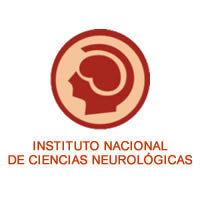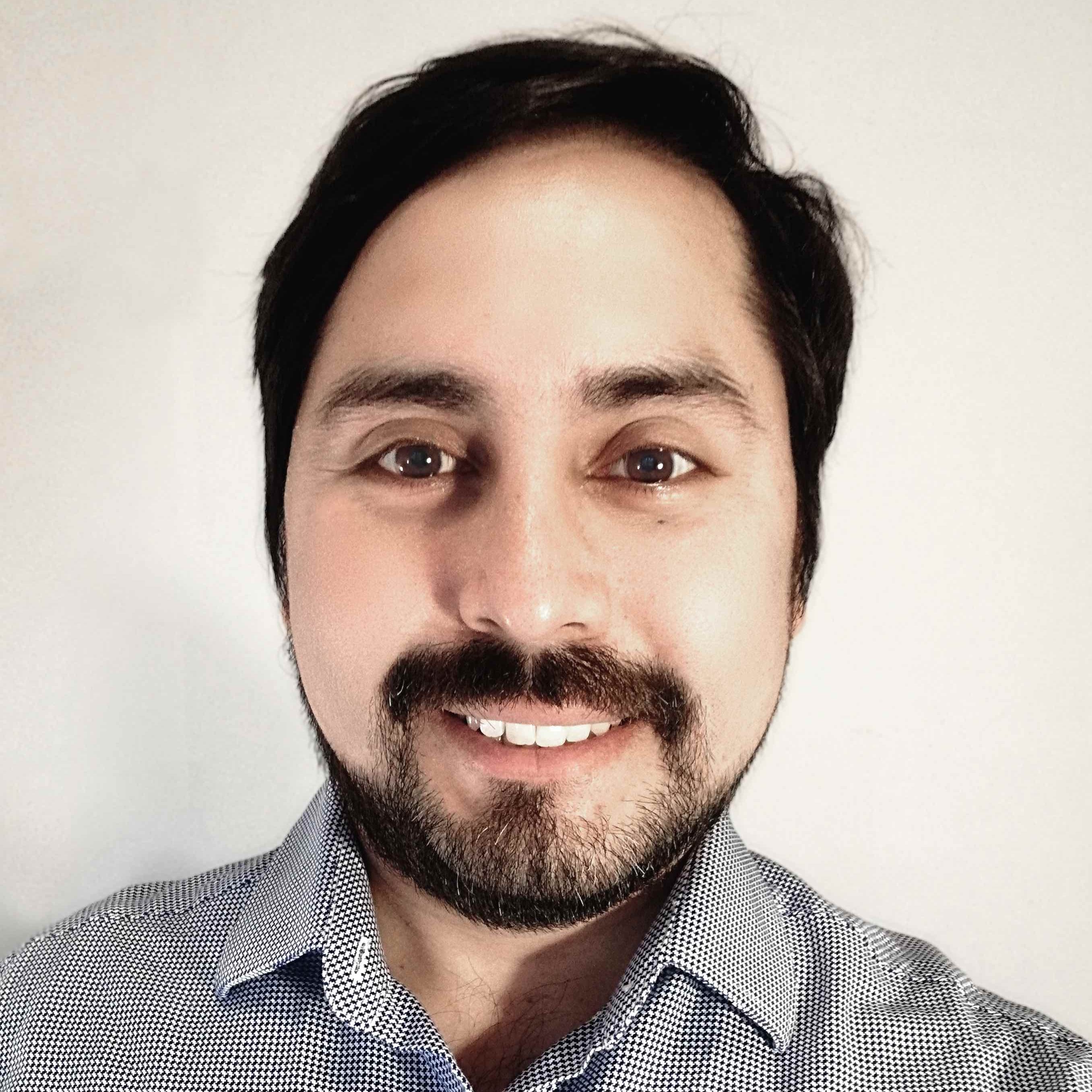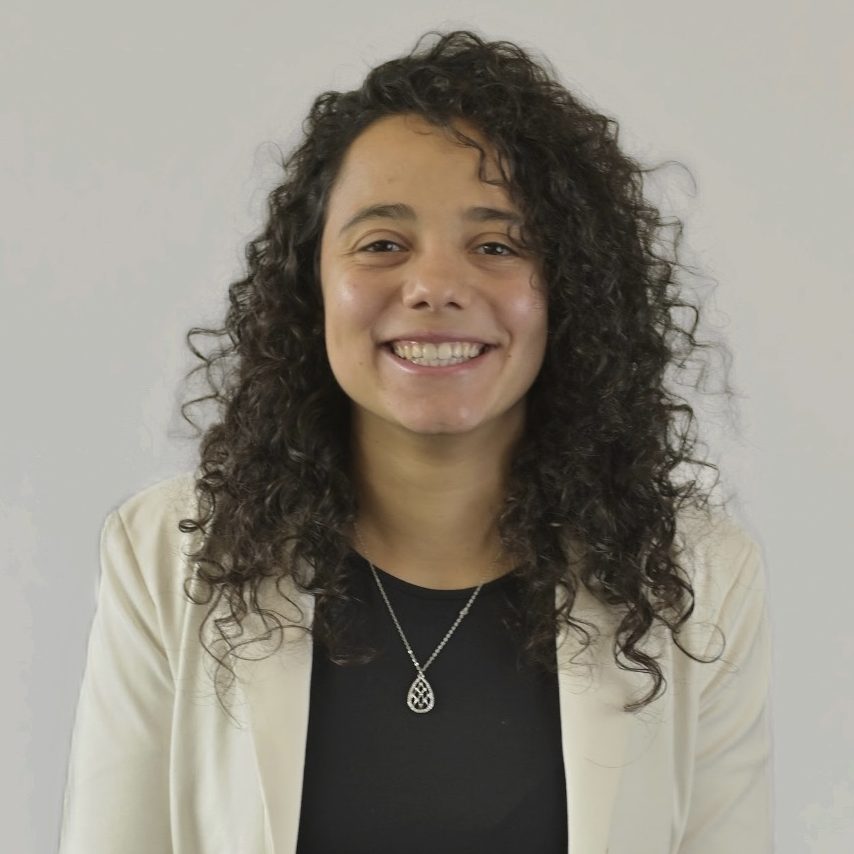PERU

Since 2012, Peru has hosted NPGH Fogarty Fellows studying a wide range of topics. Many have focused on neurological disorders, while others have worked on projects such as preventive health care to improve breast cancer screening and reduce diarrhea among children in the Amazon. 2014-2015 Fellow Valerie Cortez wrote about her fieldwork experiences for our newsletter. You can also read more about UW PI Joseph Zunt.
Affiliated Institutions
 Universidad Nacional Mayor de San Marcos (UNMSM)
Universidad Nacional Mayor de San Marcos (UNMSM)
Founded in 1551, the UNMSM, or San Marcos, is the oldest and largest public university in South America. San Marcos offers 76 Masters degree and 21 Doctoral degree programs in five academic areas: Health Sciences, Humanities, Basic Sciences, Engineering and Business; there are 46 Schools within these five academic areas. The Health Sciences area includes Schools of Medicine, Pharmacy, Midwifery, Nutrition, Veterinary Medicine, Public Health, Nursing, Dentistry, Psychology, Biologic Sciences and Medical Technology.
Funded in part by the Fogarty International Scholar infrastructure awards, Dr. Jorge Alarcón, past Dean of the School of Public Health, has developed a multimedia classroom and epidemiology website that serves as a repository for educational materials for clinical research methods and analysis, a point for training and communication for epidemiologists throughout Peru, and a data collection site for studies of HIV and STD in pregnant women. The renovated wing includes a videoconferencing room and working space for the UW-Peru Global Health Fellows and Scholars and Peruvian epidemiology students. In addition to the Epidemiology Section, the Center has laboratories and clinical space for research and clinical studies in parasitology, bacteriology, virology retrovirology, and immunology.
San Marcos has hosted a UW Fogarty-supported Fellow or Scholar each year since 2004 and has a long history of training the nation’s epidemiologists, with continuing education programs for epidemiologists working for the Ministry of Health throughout Peru. In addition, San Marcos receives funding from the Global Fund for prevention of maternal-child transmission of HIV and is developing a clinical site for NIH-funded HIV and TB research. With the largest Peruvian network of medical subspecialty training programs, and as the largest public university in Peru, San Marcos offers a wide variety of mentoring and clinical research training opportunities in multiple potential disciplines.
In 2014, Dr. Alarcon and colleagues at UNMSM were awarded the first award by the Peruvian government to create a center of excellence in technology, biotechnology and the environment (Centro de Investigaciones Tecnológicas, Biomédicas y Medioambientales (CITBM). The UW is a founding partner on this award and will contribute expertise towards research in these areas.
 Universidad Peruana Cayetano Heredia (UPCH)
Universidad Peruana Cayetano Heredia (UPCH)
UPCH is a private non-profit university founded in 1961 with 8 schools providing undergraduate and post-graduate education in medicine, dentistry, public health, nursing, sciences and philosophy, veterinary medicine and zoology, psychology, and education. The School of Public Health (FASPA) at UPCH was founded in 1998 and is the only School of Public Health in Peru. Dr. Patty Garcia, a prior UW AIRTP trainee, was Dean of this School until selected as the Peruvian Minister of Health July 28, 2016. FASPA’s mission is to generate, apply and disseminate knowledge relevant to health promotion, disease prevention and treatment in human populations. FASPA has played a prominent role in training public health officers of the Peruvian Ministry of Health and other official institutions who develop and implement public health policy. The School provides a series of master’s degree programs, diploma and certificate courses and continuing education in health and health administration in Lima and several provinces.
Peru (and Mexico) rank second only to Brazil as the Latin American countries receiving the most NIH funding. This long-standing history of success reflects strong collaborations with other countries and institutions. The UW and UPCH have successfully competed for research and training grants in areas of communicable and noncommunicable diseases – building a collaborative research training partnership for U.S. and Peruvian health scientists. Over the past 20 years, 91 Peruvian Trainees have received public health and biomedical ethics training at the UW, including 21 MPH or PhD degrees, with over 100 joint publications. All have returned to work in Peru in academia, governmental and nongovernmental organizations. Reciprocally, UPCH has trained more than 50 UW medical and public health students through the Fogarty Multidisciplinary International Research Training (MIRT) program, Fogarty FICRS/F Program and Global Health Fellows Program. These training collaborations have resulted in the development of joint UW-UPCH research projects on HIV, STI, TB, HPV and reproductive tract infections (RTI), and research training grants – including an ICOHRTA-AIDS/TB award, a FIRCA award, an HIV Training Program award, an NIH CIPRA award, two Frameworks in Global Health awards, an Innovations in Global Health award, a Bioinformatics award, a GRIP award, Chronic, Non-Communicable Diseases and Disorders Across the Lifespan award, and a Wellcome Trust-funded urban community randomized trial in 20 Peruvian cities.
 Asociacion Civil Impacta Salud y Educacion (IMPACTA)
Asociacion Civil Impacta Salud y Educacion (IMPACTA)
Established in 2000, IMPACTA is a nongovernmental organization founded by former UW AIRTP trainee, Dr. Jorge Sanchez, to perform HIV and STD research in Peru. 2006, Dr. Sanchez received NIH funding to establish an IMPACTA Clinical Trials Unit (CTU) with 9 Clinical Research Sites in Peru. These sites are supported by the HIV Vaccine Trials Network (HVTN), HIV Prevention Trials Network (HPTN), Microbicide Trials Network (MTN), and the AIDS Clinical Trials Group (ACTG). IMPACTA also collaborates on the Fogarty-funded Andean CIPRA, the ICOHRTA-AIDS/TB, INSIGHT, and several other NIH-funded projects. The IMPACTA Laboratory has over 2,400 square feet and is equipped to serve both HVTU and HPTU projects, with capacity to perform cultures, HIV and HSV-2 screening by ELISA, HIV detuned ELISA, Western blot confirmation, CD4 count and viral load.
 Instituto Nacional de Ciencias Neurologicas (INCN)
Instituto Nacional de Ciencias Neurologicas (INCN)
The INCN was founded in 1669, as the “Refugio de Incurables,” or refuge for the “incurables.” Patients receiving care at this refuge had medical disorders associated with poverty, psychiatric disease and debilitating neurologic conditions. Over the next three centuries, the Refuge treated an increasing number of people with neurologic ailments and at the turn of the 20th Century came under the direction of a neurologist. In 1975, the complex was renamed the Instituto Nacional de Ciencias Neurológicas and became the national reference center for neurology in Peru. The INCN has over 300 beds, and modern equipment, including a state-of-the-art helicoidal computerized tomography scanner, magnetic resonance imaging, computerized EEG and brain-mapping machines, Doppler ultrasound, and modern neurogenetics and neurocysticercosis diagnosis laboratories. Each year, neurologists evaluate 60-70,000 patients in the outpatient clinics and approximately 2,500 patients receive inpatient care.
Primary Faculty
Research Themes
Current Fogarty Trainees
Past Fogarty Trainees
- DAVID BACSIK
- RENI FORER
- MIRANDA HARRIS
- AISHA KING
- JUAN MACALUPU
- ARANTXA SANCHEZ BOLUARTE
- JULIET BRAMANTE
- KIARA LEE
- SOFIA SANCHEZ BOLUARTE
- ANA VARGAS CALLA
- LISSET DUMET POMA
- PATRICK LASOWSKI
- ALLISON ROLLINS
- CLAUDIA KAZMIRAK
- GABRIELA ZAVALA WONG
- PAVEL CONTRERAS
- ALEXANDER LANKOWSKI
- JESSICA ZAFRA
- ANDREA RIVERA
- GABRIELA VILDOSOLA
- REBECCA BACHMAN
- ANGELA SPENCER
- DIEGO VELIZ-OTANI
- HELEN NOBLE
- ALFREDO CHIAPPE GONZALEZ
- OLAF RECKTENWALD
- JESSICA LONG
- LUZ MA MOYANO
- RENEE NEWBY
- ANDREA RIVAS NIETO
- ELISON SARAPURA
- CESAR TICONA
- SAMANTHA ZWICKER
- LEANN ANDREWS
- MARYENELA ILLANES-MANRIQUE
- LEAH ISQUITH DICKER
- MATEO PROCHAZKA
- ALEX QUISTBERG
- PAOLA RONDAN
- GABRIELA SALMON-MULANOVICH
- AMY FUHS
- ANASTASIA VISHNEVETSKY
- ELIZABETH ABBS
- HILARY ZETLEN
- LACEY LAGRONE
- NEHA LIMAYE
- VIVIANA PINEDO
- ANYA ROMANOFF
- ISAAC ALVA
- MELANIE GASPER
- VALERIE CORTEZ
- DAPHNE MA
- DEVORA AHARON
- EMILY DEISCHEL
- KATIE NIELSEN
- KRISTEN HEITZINGER
- NICANOR MORI
- TATIANA METCALF
- JAIME SORIA
- MARIO CORNEJO
- SEGUNDO LEON



